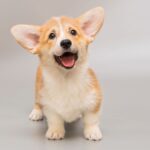Puppy Training Schedule: The Ultimate Guide to Raising a Well-Behaved Pup
If you’re reading this, you’re probably a fresh puppy owner. Congrats! You’re now responsible for a tiny, fluffy tornado of energy, mischief, and endless cuteness.
But before you get lost in those puppy-dog eyes, let’s talk about training. Because without it, your adorable pup could turn into a four-legged menace.
A puppy training schedule isn’t just about teaching them “sit” and “stay” (though those are important). It’s about setting up structure, consistency, and good habits from the start.
Why a Training Schedule is Essential
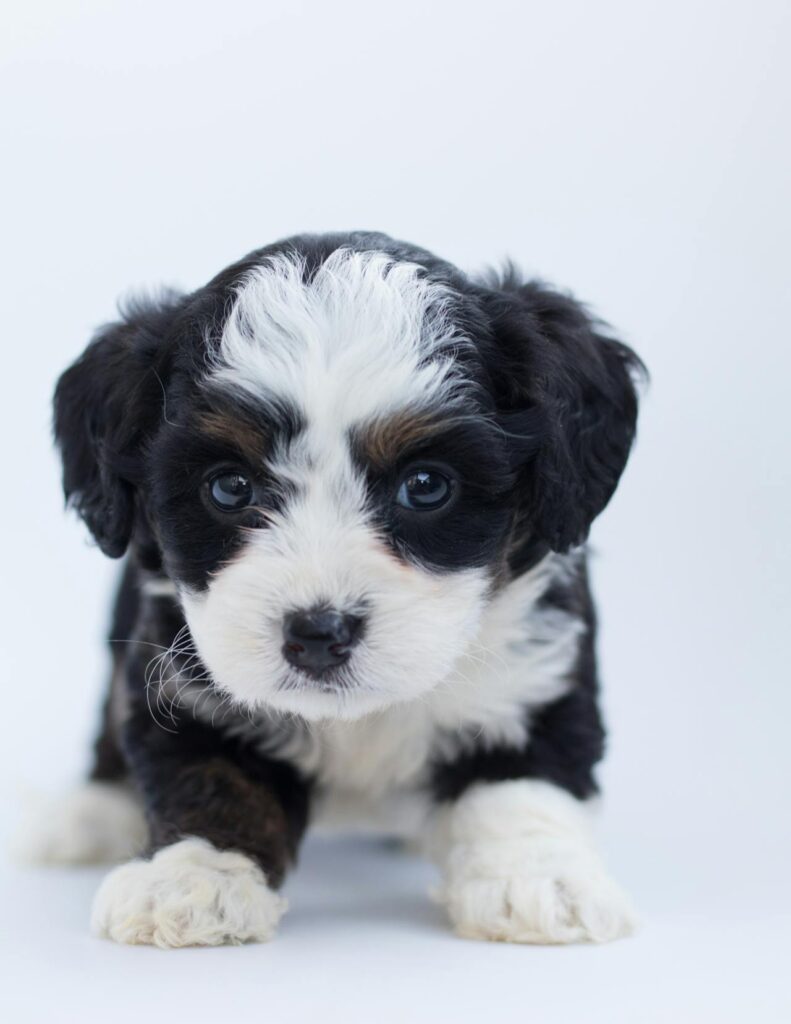
Ever met a dog that jumps on everyone, chews up shoes, and refuses to come when called? Yeah, that’s what happens when training is inconsistent (or nonexistent).
Puppies thrive on structure. A schedule helps them learn what’s expected, reduces frustration (for both of you), and makes life way easier in the long run.
🍲 50 Printable Dog Food Recipes Your Pup Will Love
Skip the fillers and preservatives. Make healthy, homemade meals your dog will actually eat — using everyday ingredients you already trust. Vet-friendly, budget-friendly, and super easy to follow. 🐾
Perfect for picky eaters, senior dogs, and pups with sensitive stomachs. Make mealtime simple and nutritious again.
Get the Recipes Now 🐶Key Things to Keep in Mind:
- Keep sessions short – Puppies have the attention span of a goldfish. 5-10 minutes per session is perfect.
- Consistency is everything – If one day you let them jump on the couch and the next day you don’t, they’ll be very confused.
- Patience, patience, patience – Your pup is learning a whole new world. Don’t expect perfection overnight.
- Positive reinforcement works best – Reward good behavior with treats, praise, or playtime. No need for harsh corrections.
Puppy Training Schedule (Week by Week)

Week 8-10: The Basics Begin
Your pup is a tiny sponge right now, soaking up everything. This is when you start laying the foundation.
🕒 Daily Routine:
- Potty Breaks: Every 1-2 hours, after eating, playing, and waking up.
- Training Sessions: 3-5 minutes, 2-3 times a day.
- Socialization: Introduce new sounds, surfaces, people, and experiences.
- Playtime & Exercise: 15-20 minutes (short play sessions).
🐶 What to Teach:
- Name Recognition – Say their name, reward when they look at you.
- Potty Training – Take them outside often and praise when they go.
- Basic Commands – “Sit,” “Come,” and “Leave it.”
- Handling & Grooming – Get them used to being touched (paws, ears, etc.).
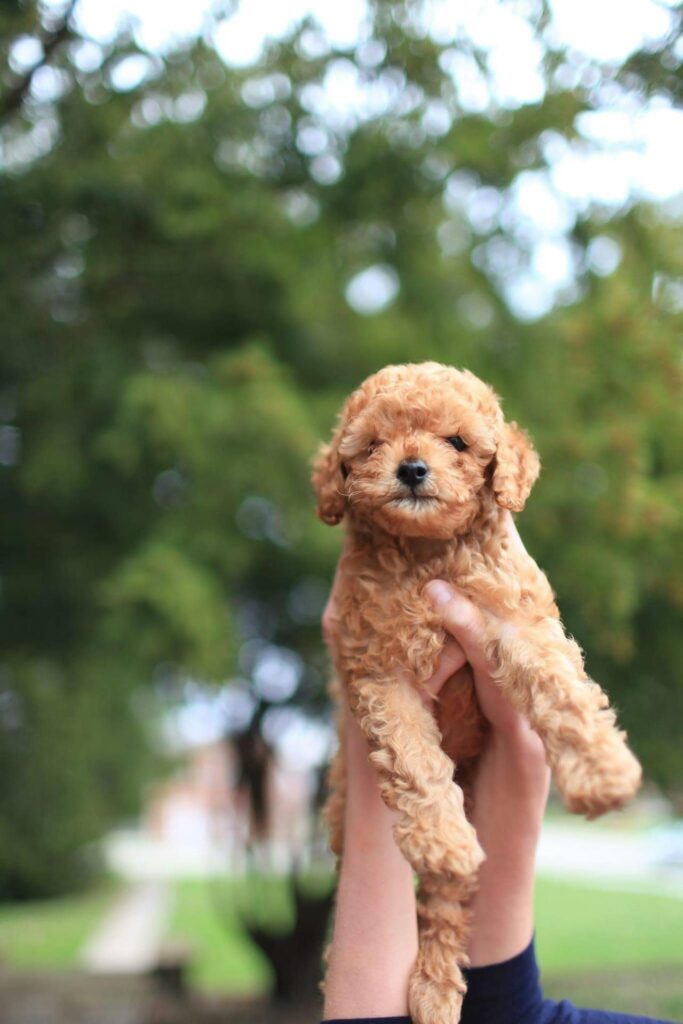
Week 10-12: Socialization & Manners
Your pup is getting braver and more curious. Now’s the time to reinforce good habits.
🕒 Daily Routine:
- Potty Breaks: Every 2-3 hours.
- Training Sessions: 5-10 minutes, 2-3 times a day.
- Socialization: Introduce new environments, friendly dogs, and different people.
- Playtime & Exercise: 20-30 minutes.
🐶 What to Teach:
- Leash Training – Get them comfortable walking on a leash without pulling.
- More Commands – “Stay,” “Down,” and “Drop it.”
- No Jumping – Reward calm greetings instead of jumping.
- Bite Inhibition – Teach them that human skin is not a chew toy.
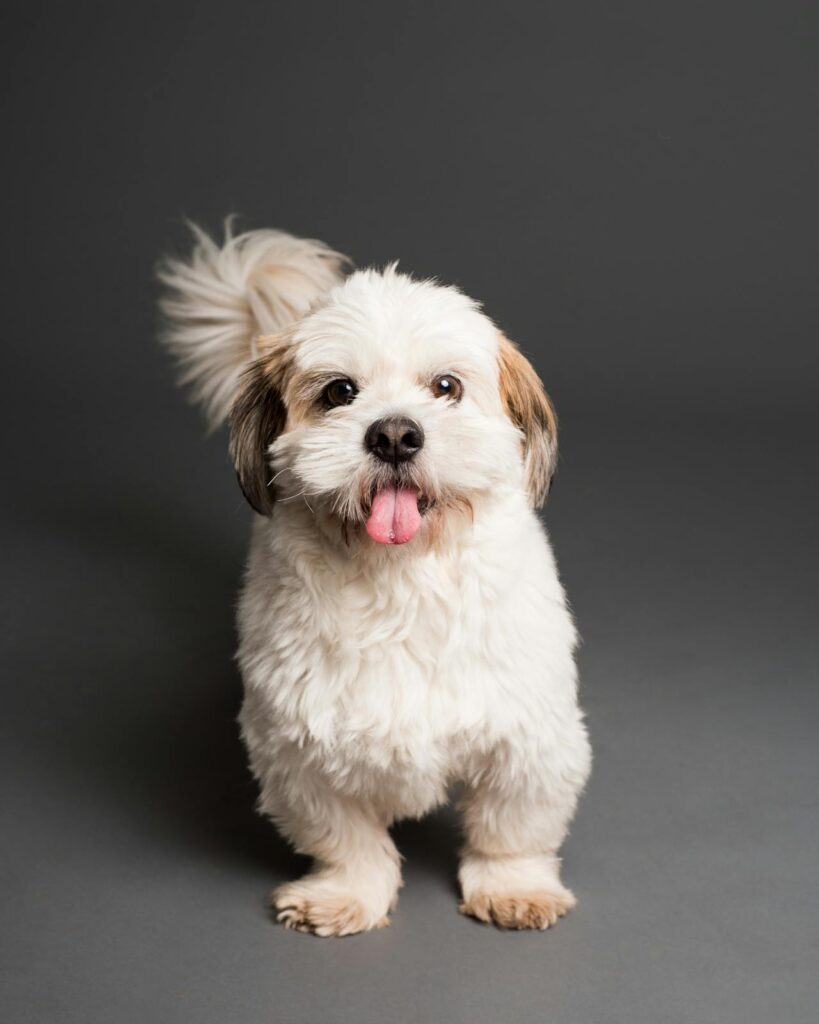
Week 12-16: Reinforcing Good Behavior
By now, your pup should have a solid grasp of basic commands. Time to add some distractions!
🕒 Daily Routine:
- Potty Breaks: Every 3-4 hours.
- Training Sessions: 10-15 minutes, 2-3 times a day.
- Socialization: More adventures—car rides, stores, and busier areas.
- Playtime & Exercise: 30-40 minutes.
🐶 What to Teach:
- Longer “Stays” – Add duration and distance.
- Recall (“Come” command) – Practice in different settings.
- Impulse Control – Waiting for food, not bolting out doors.
- Basic Tricks – “Paw,” “Spin,” or “Roll Over” (just for fun!).
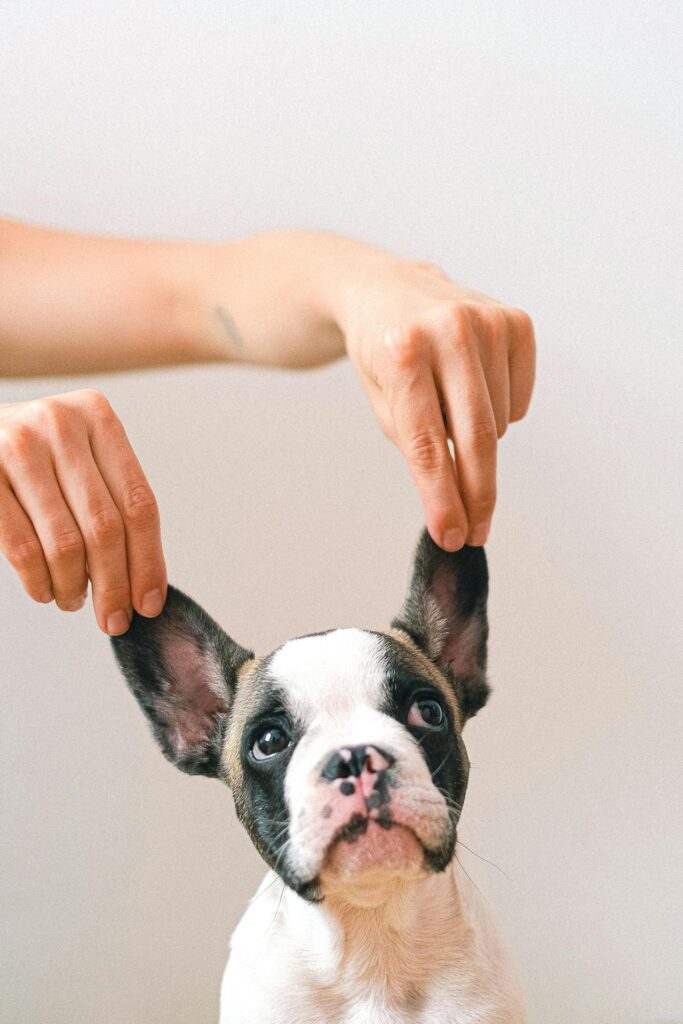
Week 16-20: The Teenage Phase Begins
Your pup is gaining confidence (and maybe some attitude). Stay consistent!
🕒 Daily Routine:
- Potty Breaks: Every 4-5 hours.
- Training Sessions: 10-15 minutes, 1-2 times a day.
- Socialization: Keep exposing them to new people, dogs, and environments.
- Playtime & Exercise: 40-60 minutes.
🐶 What to Teach:
- Polite Greetings – No jumping, barking, or mouthing.
- Heel Walking – Walking nicely on a leash, no pulling.
- Advanced Commands – “Place” (go to bed), “Wait,” or “Quiet.”
- Off-Leash Skills – If safe, practice recall in enclosed areas.
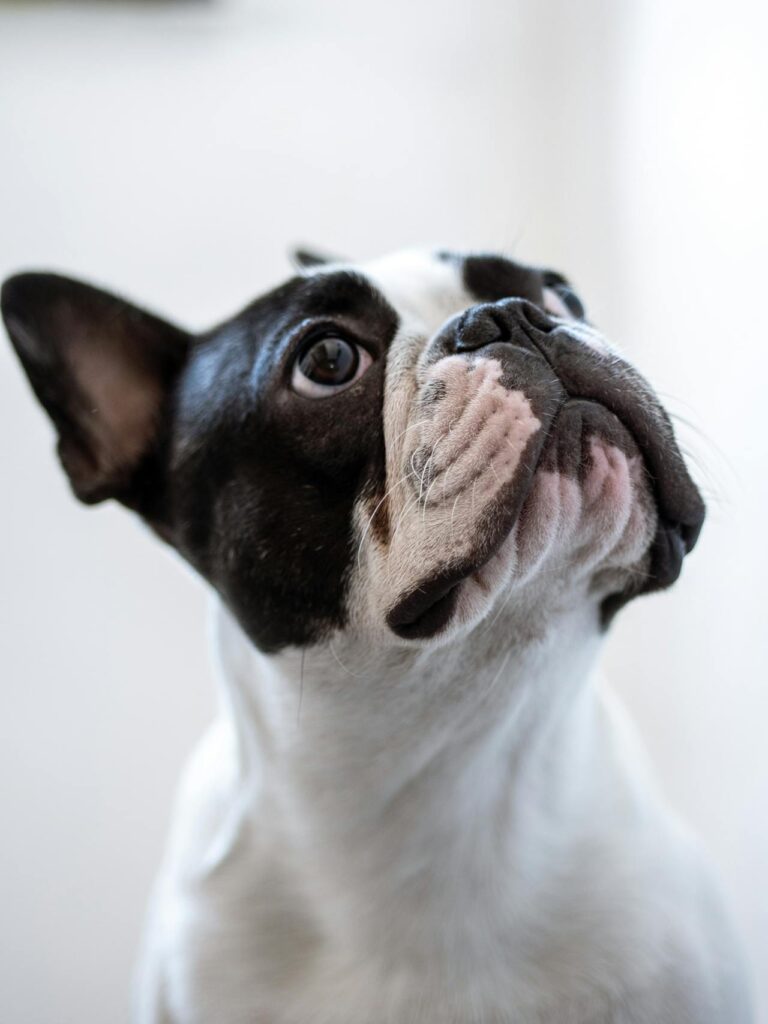
6 Months & Beyond: Solidifying Training
At this point, your dog should be well on their way to being a polite, well-behaved pup. But training is lifelong—keep practicing!
🕒 Daily Routine:
- Potty Breaks: As needed.
- Training Sessions: 15-20 minutes, a few times a week.
- Socialization: Ongoing exposure to different places.
- Exercise: 60+ minutes daily.
🐶 What to Maintain:
- Off-Leash Recall – Keep practicing in different environments.
- Good Manners in Public – Sitting calmly, ignoring distractions.
- Advanced Tricks & Fun Activities – Agility, scent games, or therapy dog training.
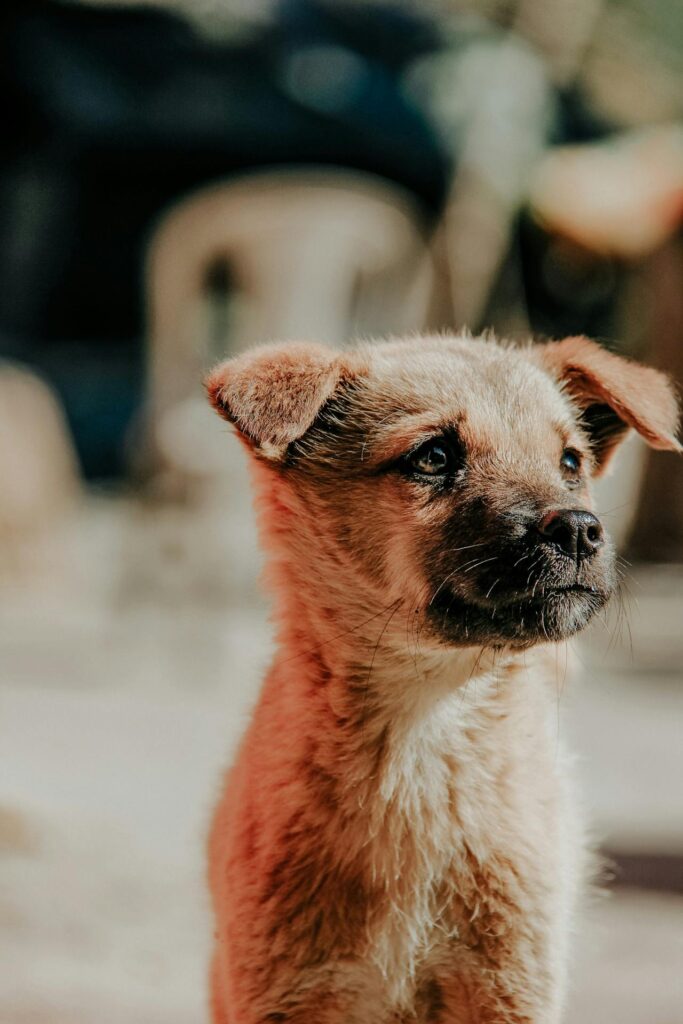
Final Thoughts: Training is a Marathon, Not a Sprint
Puppy training isn’t about perfection—it’s about progress. Some days your pup will be a genius, other days they’ll pretend they’ve never heard the word “sit” in their life. That’s normal.
Stay patient, stay consistent, and most importantly—have fun! Your puppy is learning to be the best companion they can be, and with the right training schedule, you’re setting them up for a lifetime of good behavior (and fewer chewed-up shoes).
Now go forth and train that pup like a pro! 🐾
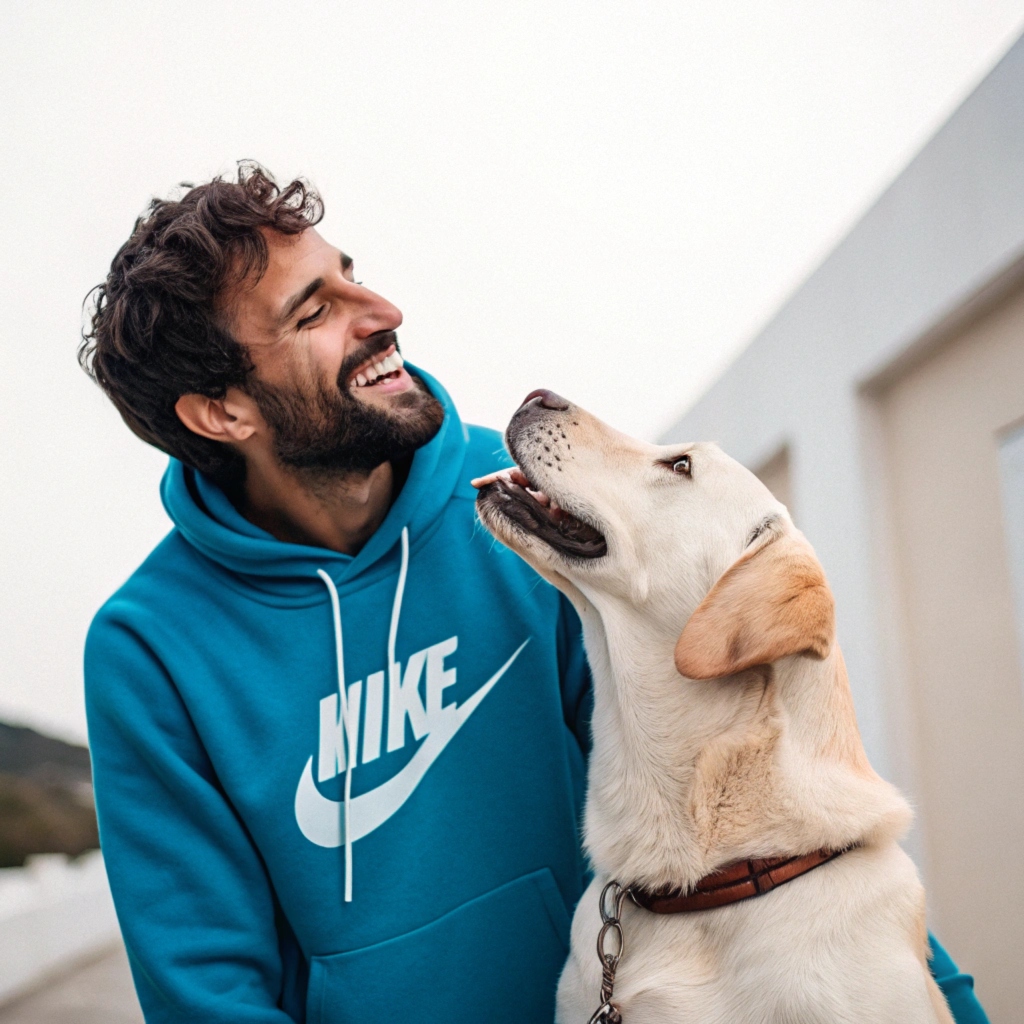
I’ve spent 10+ years in dog training, digging into what makes dogs (and their humans) tick. At Smart Dog Learning, I share my no-nonsense, fun approach to training so you can enjoy life with a well-behaved, happy pup—no boring lectures, just practical results 😉




